The electronic expansion valve regulates the amount of liquid supplied by the evaporator according to a preset program. Since it is an electronic control mode, it is called an electronic expansion valve. The electronic expansion valve is composed of a controller, an actuator, and a Sensor. Usually, the electronic expansion valve only refers to an actuator and can control the drive device and the valve body. Actually, only this part cannot complete the control function. The core hardware of the electronic expansion valve controller is a single-chip microcomputer. For example, the controller needs to complete the frequency conversion and other control functions of the compressor and the fan, and generally uses a multi-machine-level connection. Electronic expansion valve sensors usually use thermocouples or thermal resistances. The control process of the electronic expansion valve is to regulate the flow of refrigerant entering the evaporator and control the target degree of superheat so as to ensure stable economic operation of the system. As the electronic control element, its biggest characteristic is the timeliness of flow adjustment, and it responds to the compressor displacement change in time, so it has the advantages of high precision, fast, accurate, and obvious energy-saving effect, and can be used with other intelligent control methods. Combined with the application in the refrigeration system to achieve optimal control of the system.
Electronic expansion valve quick selection table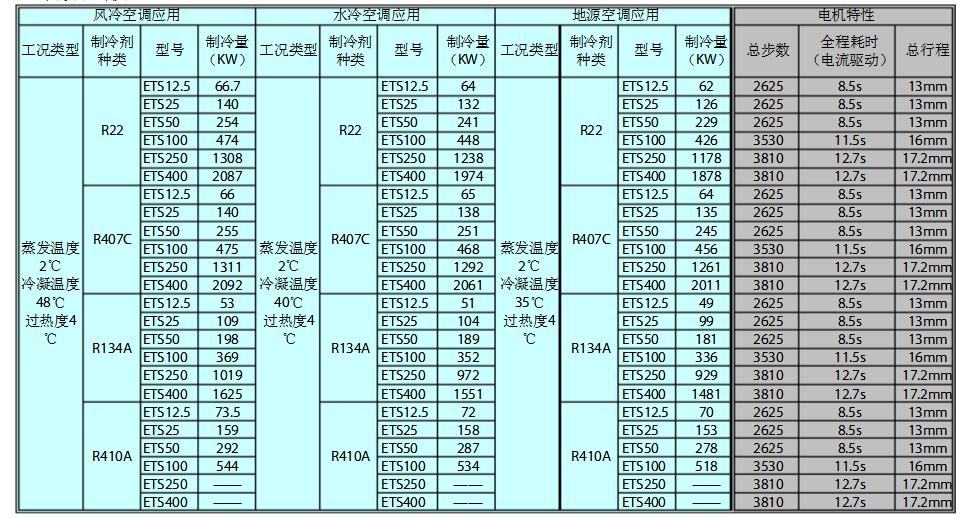
Note: The nominal cooling value in the table is the cooling capacity when the valve opening degree is 100%. It is recommended that the cooling capacity be about 80%.
Selection example
Refrigerant R22
System type Air-cooled cold water air conditioning unit
Cooling capacity 200KW
You can choose ETS50 electronic expansion valve, in this case the maximum cooling capacity of 254KW
Since the principle of the electronic expansion valve is different from that of a thermal expansion valve, a model with a larger cooling capacity, such as the same conditions as in the example, can be selected for the reliability of the selection. If the cooling capacity is 130 KW, it can be selected as an alternative. The model of the ETS50.
Electronic expansion valve specification selection1. Direct-acting electronic expansion valve (general specifications)
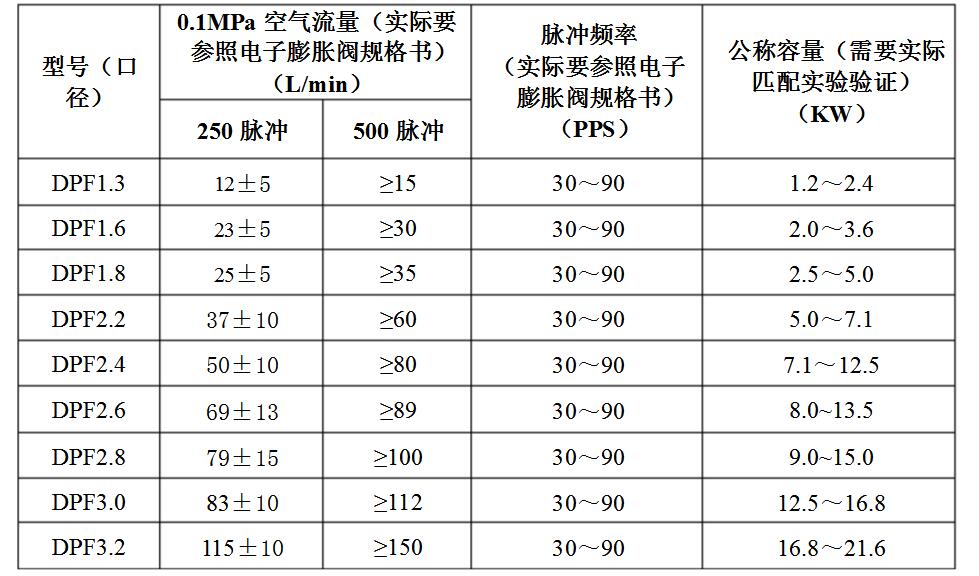
2. Deceleration type electronic expansion valve (R22 series)
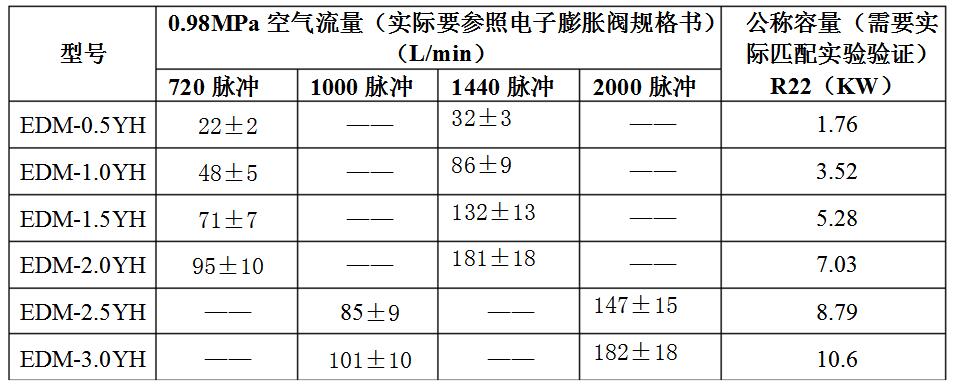

3, reducer type electronic expansion valve (R410A series)
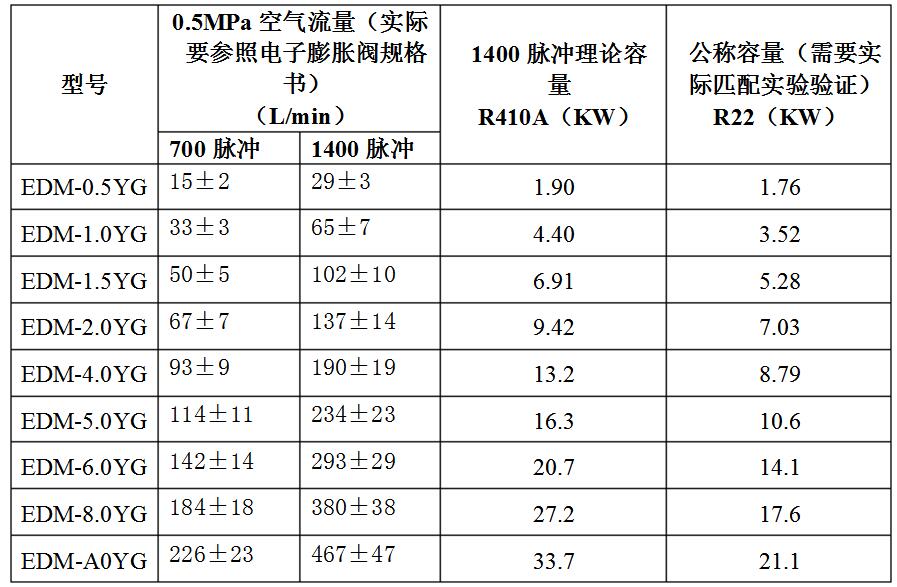
The difference between the 5-wire and 6-wire wiring diagrams of the air-conditioning electronic expansion valve is as follows:
Air conditioning electronic expansion valve is one of the key components of the air conditioning system. In the early air conditioning products, the air conditioning electronic expansion valve used many of the six wires. As shown in the figure below, there are two commons. The air conditioner electronic expansion valve now uses 5 lines. As can be seen from the figure, the common ends are actually merged into one. In the air conditioning maintenance, we may need to replace the air conditioning electronic expansion valve or replace the air conditioning controller. We will face changes to the wiring to ensure the normal operation of the air conditioning electronic expansion valve. Jiaxing Yulong Xiaobian found a 6-wire air conditioning electronic expansion valve wiring diagram and 5-wire air conditioning electronic expansion valve wiring diagram, can refer to the air conditioning maintenance work.
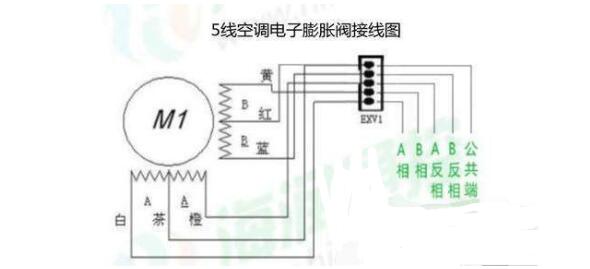

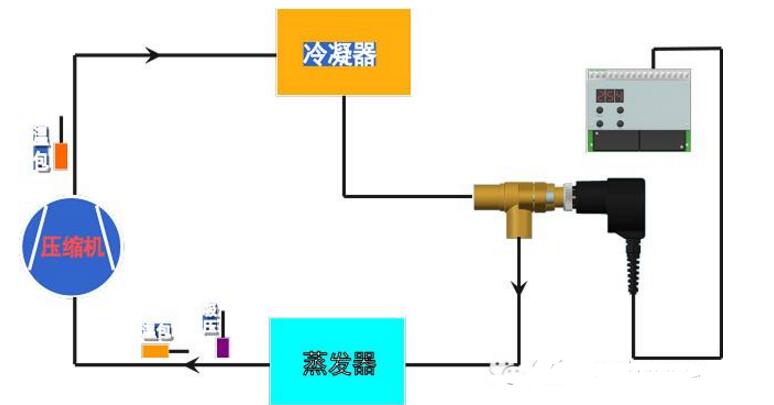
This is the application of electronic expansion valves in water-cooled units. Applicable to evaporation temperature -15 ~ 20 degrees, such as water-cooled chillers, water source heat pump units.
This system makes full use of the liquid closing characteristics of the electronic expansion valve and saves the liquid circuit solenoid valve. The minimum superheat control algorithm provided by the supplied electronic expansion valve can significantly improve the energy efficiency ratio of the unit; the water source heat pump unit can also adjust the MOP to prevent the compressor from overloading and limit the exhaust gas temperature to be too high.
Model description: evaporation temperature is -15 ~ 25 degrees, water-cooled chiller (can not install exhaust temperature sensor), air-cooled chiller, water source heat pump (water side commutation), water-cooled direct expansion single cold machine (can not install row Gas temperature sensor), air-cooled direct expansion machine.
2. Cryogenic unit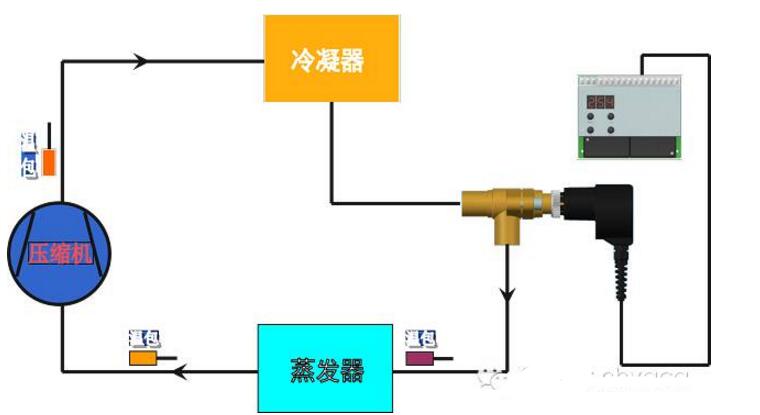
This is the application of the electronic expansion valve at the time of cooling at low temperature, and it utilizes the characteristic of wide adjustment of the electronic expansion valve. Suitable for evaporation temperature -50 ~ -15 degrees, such as water-cooled brine machine, air-cooled brine machine, brine cooling water machine, water-cooled direct expansion single cold machine (freezer), air-cooled direct expansion single cold machine. At low temperatures, pressure changes have been minimal, and temperature sensors are used instead of pressure sensors in the system. The evaporative temperature sensor is located as far as possible at the evaporator inlet.
Wireless Bridge,Wireless bridge Access Point,Indoor wireless Bridge,Wireless Bridge Outdoor
Chinasky Electronics Co., Ltd. , https://www.chinacctvproducts.com